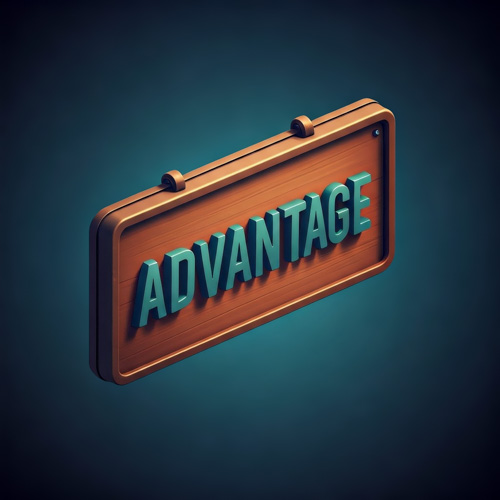Recent proposed rule changes from the Centers for Medicare & Medicaid Services (CMS) could significantly impact Medicare Advantage plans and the beneficiaries who rely on them. According to an analysis by Manatt, Phelps & Phillips, LLP, these changes, if implemented, could affect areas such as prior authorization requirements, marketing guidelines, and supplemental benefit offerings. The Manatt review, available at https://www.manatt.com/insights/insight/how-the-trump-administration-may-change-medicare-advantage, outlines the potential implications for both Medicare Advantage organizations and the millions of Americans enrolled in these plans. A key area of focus is CMS’s push for greater transparency and accountability, potentially leading to increased scrutiny of plan performance and stricter enforcement of existing regulations.
The proposed rules aim to address concerns about access to care and the overall value provided by Medicare Advantage. Potential modifications to prior authorization processes, for instance, could streamline access to necessary services and reduce administrative burdens for both providers and patients. The revised marketing guidelines seek to prevent misleading or deceptive advertising practices, ensuring that beneficiaries have accurate information when choosing a Medicare Advantage plan. Furthermore, the proposed changes may impact the types and scope of supplemental benefits that plans can offer, potentially influencing beneficiary decisions and plan competitiveness.
The future of Medicare Advantage remains uncertain as these proposed changes undergo public comment and further review by CMS. Stakeholders across the healthcare landscape are closely monitoring the developments, anticipating both challenges and opportunities. The extent to which these proposed rules will ultimately be adopted and how they will affect the Medicare Advantage market will depend on the outcome of this ongoing process, potentially leading to shifts in plan offerings, beneficiary enrollment patterns, and the overall cost of care.










